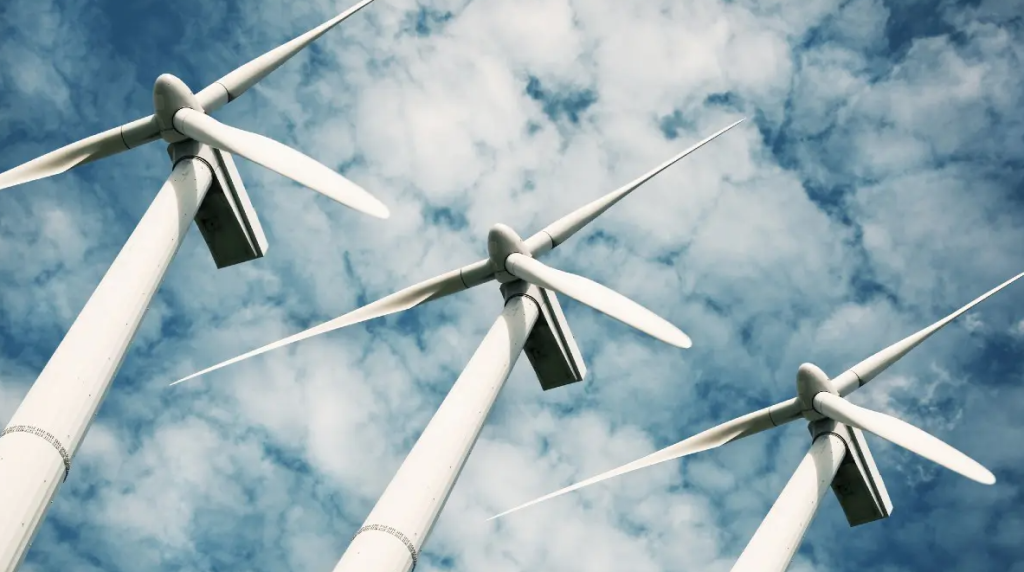(Sustainabilituenvironment.com) – First came the pandemic. Then came the supply crisis and the war in Ukraine. In a very short time, the energy sector has had to face a series of growing challenges, able to give a hard blow to the path of change. Yet, if there is one lesson that this moment in the economy has taught, it is precisely the need to abandon the old patterns. The analysts of Wood Mackenzie, a company based in Verisk, today recall this by showing how the energy transition can reduce the risk of future shocks. Provided that clear and targeted action is taken.
“Soaring fossil fuel prices are a threat not only to consumers and the economies of energy-importing countries, but also to the energy transition itself. If governments want to continue to make progress on cutting emissions, they will need to show that they can deliver energy security and affordability at the same time through timely investments and clear policies“, explains Ed Crooks, Vice-Chair, Americas at Wood Mackenzie.
Five key lessons for energy transition
Not just one lesson, but five key lessons from the current crisis. Starting with the need to cut energy demand. Limiting oil and gas supplies, for example by discouraging investments in upstream activities or new pipelines, while consumption remains robust, will only make consumers even more vulnerable to market volatility. According to Ann-Louise Hittle, Vice-Chair of Oils Research at Wood Mackenzie, “to avoid worsening the risk of future oil price spikes, the emphasis needs to be on reducing demand”.
Resilience and security can be expensive, but analysts point out that it is worth paying for them as insurance against price volatility. “Electrification is central to cutting emissions and reducing vulnerability to commodity price shocks, but to do this, electricity systems must deliver power reliably and with low emissions, which can be expensive” Crooks said.
Read also Energy transition, barrel at $100 risks stranded assets boom
One way to help consumers cope with the burden of renewables could be to use fiscal and spending policy. For example, using flat-rate discounts to alleviate difficulties.
The company brings to light three other key points: the need to continue to innovate at the technological level; to provide flexibility in both supply and demand, to cushion the impact of shocks between sectors and related regions; to support a diversity of supply in key sectors through stronger domestic production and increased foreign investment.

